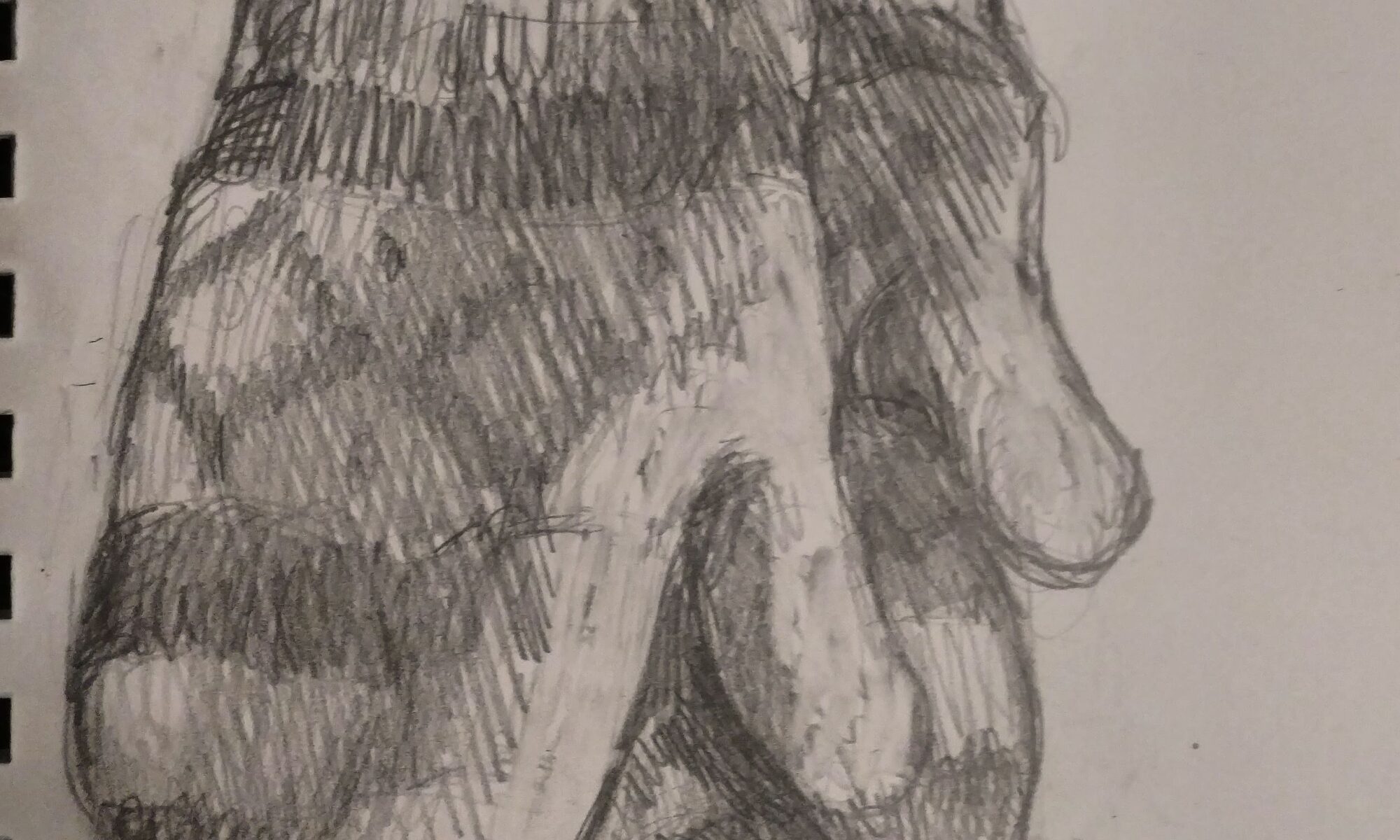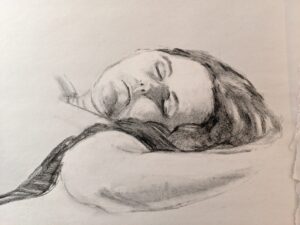
“I wonder if you can give me some tips on getting back into drawing,” a reader asked recently. She’s a retired professional artist, so she didn’t need help with the mechanics, just the materials. “I only have those hard leads that I put in mechanical pencils. I like drawing with a mechanical pencil and lead but I need leads that are much softer for the kinds of thing I might be drawing, along with the thinner lines I use now. I don’t like clumsy crayon-type of drawing or anything like that. I am not at all interested in drawing with ink.”
“I also need a good quality sketching paper. Later I might move into a higher-grade paper if I keep up with this kind of work.”
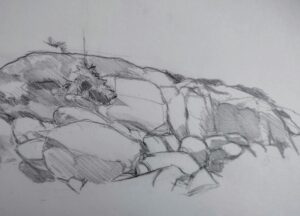
Although this reader doesn’t need help with the mechanics of drawing, many of my students and readers do. I recommend Sketching from Square One to Trafalgar Square by Richard E. Scott. Drawing is a technical exercise, not a magic trick. Anyone can learn it.
These days, I do 99% of my drawing in a Strathmore Bristol Visual Journal with a #2 mechanical pencil, using my finger for a stump. I like the hard-press finish and can go off on watercolor or gouache tangents when I feel like it.
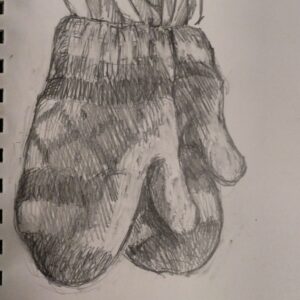
But that’s not the kind of finish my reader is seeking. I’m never doing more than a quick sketch for a painting, or drawing in church. Neither need the depth of shading that better materials would supply.
I prefer mechanical pencils because they don’t need a sharpener and eraser. If that appeals, you can buy replacement leads in a variety of densities. These, however, are wider than the pencils one buys at Staples, so they require a matching lead holder, only some of which come with internal erasers.
That exceeds my tolerance for fuss. When I’m doing more finished pencil work, I use woodless pencils. They can be sharpened with a sandpaper pointer. If you like a bigger, bolder look, liquid charcoal and graphite blocks cover a lot of area quickly.
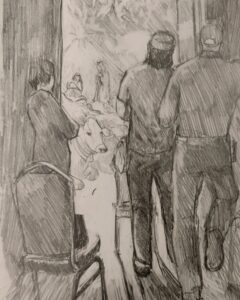
Another reader suggested I try Uni Mitsubishi Hi-Uni pencils for a traditional lead pencil that has satisfyingly smooth graphite. And there’s Blackwing, which a writer friend swears is the best pencil in the world. But since I don’t use traditional pencils, your suggestions would be helpful.
Good graphite deserves good paper. You could take a deep dive into a wove paper, but for everyday drawing, I rely on that old standby, Canson Mi-Tientes. It has a different surface on either side and comes in a plethora of colors.
Moving away from mechanical pencils means a good eraser. I use a Pentel stick eraser, but the softer the lead, the less precision you’ll need. I used kneaded erasers for years, but I’m finding them too gummy these days. The Koh-I-Noor Hardtmuth Soft Eraser is made of old-fashioned rubber.
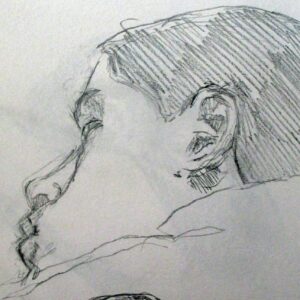
And last but certainly not least, there’s the question of pencil sharpeners. I have several, including a wall-mounted one in my studio. None are as durable and reliable as the old metal ones from our school days. In the end, I find the simple, cheap, handheld metal ones where you can replace the blades to be the most reliable.
What products do you love for drawing, and why? Just remember to put your recommendations in the comments below, not on Facebook. That makes them universally accessible to readers from any platform.
This page contains affiliate links for some but not all products. If you choose to make a purchase after clicking a link, I may receive a commission at no additional cost to you. Thank you for your support!

